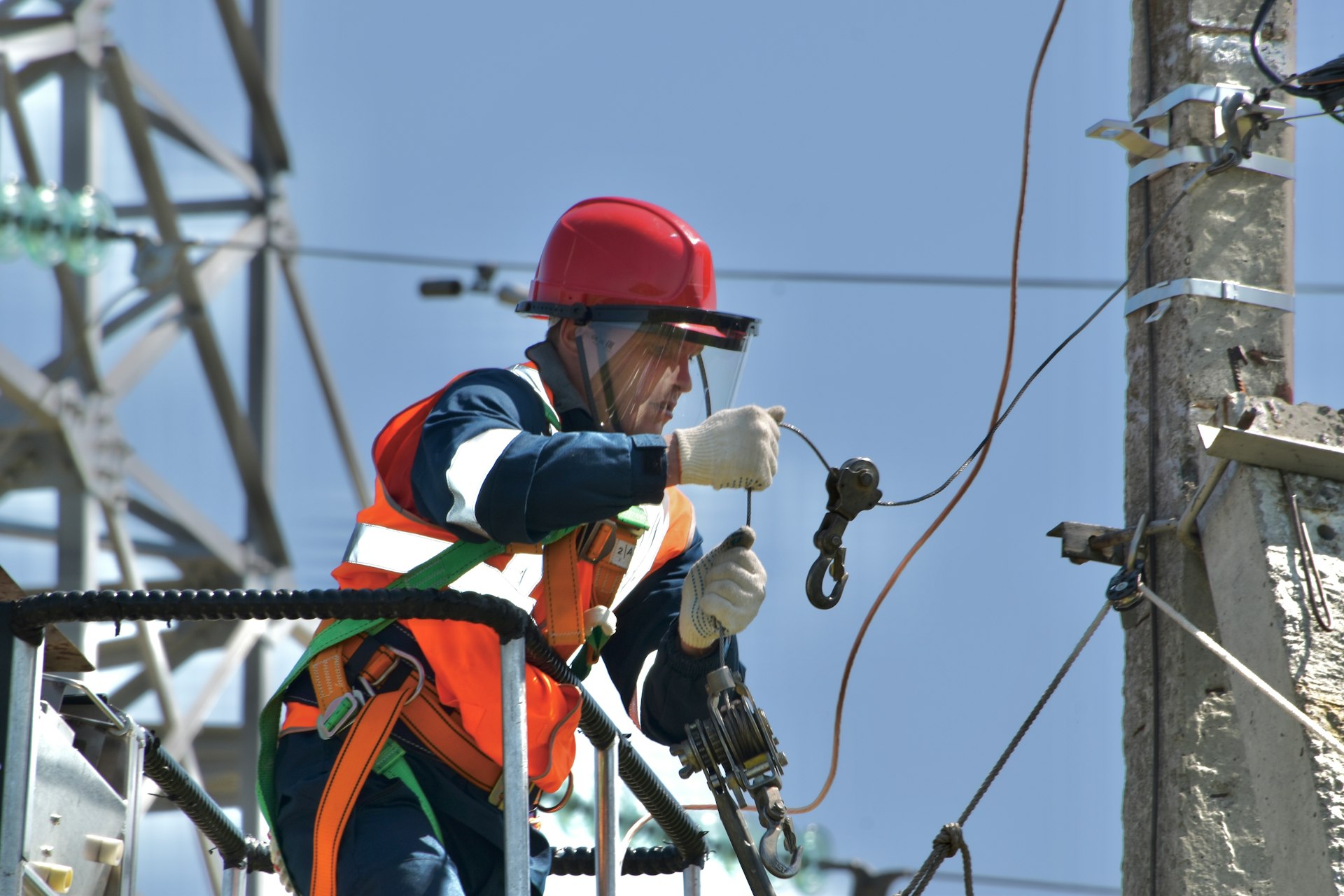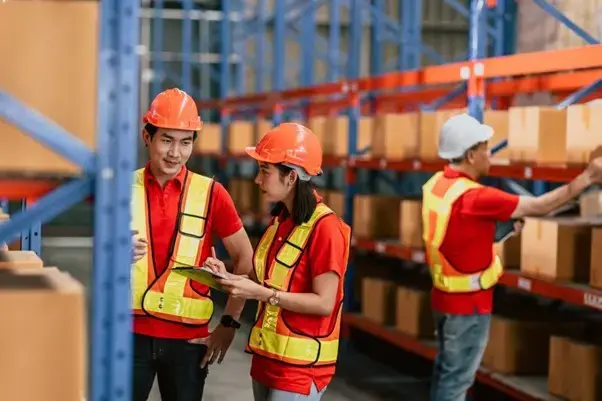
Scaffolding safety
Scaffolding safety involves practices and regulations to ensure the safe assembly, use, and dismantling of scaffolding structures. This includes proper design, regular inspections, secure anchoring, and the use of personal protective equipment (PPE) to prevent falls, structural failures, and accidents. Key measures include ensuring platforms are stable, guardrails are installed, and workers are trained in safe practices

Electrical safety
Electrical safety involves precautions and practices to prevent electrical hazards and ensure safe handling of electrical systems. This includes using proper insulation, grounding equipment, avoiding overloads, and employing personal protective equipment (PPE). Regular inspections, adherence to codes and standards, and training in safe work practices help prevent electrical shocks, fires, and other related accidents

AR/VR
AR/VR safety involves guidelines and practices to ensure the safe use of augmented reality (AR) and virtual reality (VR) technologies. This includes preventing physical injuries by ensuring clear play areas, managing user fatigue, and avoiding motion sickness. It also involves safeguarding data privacy and protecting users from potential psychological impacts. Proper equipment use, regular breaks, and adherence to safety instructions are essential for a safe AR/VR experience.

Chemical safety
Chemical safety involves procedures and practices to handle, store, and dispose of chemicals safely to prevent accidents and health hazards. This includes using appropriate personal protective equipment (PPE), following safety data sheets (SDS), ensuring proper labeling and storage, and adhering to safety protocols for handling spills and emergencies. The goal is to minimize risks of exposure, contamination, and environmental damage

Rigging safety
Rigging safety involves practices to ensure the safe setup, use, and maintenance of lifting equipment and rigging systems. This includes proper inspection of gear, secure attachment of loads, and following safe lifting procedures. Ensuring that rigging equipment is correctly rated and operated by trained personnel helps prevent accidents such as falls, equipment failures, and load drops. Read more

Safety software
Safety software helps organizations manage and improve their health, safety, and environmental (HSE) programs. It provides tools for tracking incidents, managing compliance, conducting risk assessments, and analyzing safety data. By streamlining documentation and reporting, safety software helps enhance workplace safety, reduce risks, and ensure regulatory compliance Read more
Join us in our mission to protect and preserve the planet for future generations
Partner with us to make a positive impact on the planet.


